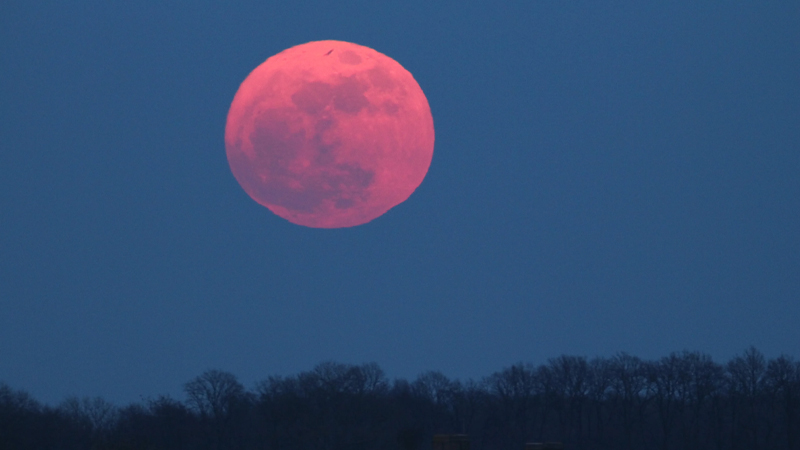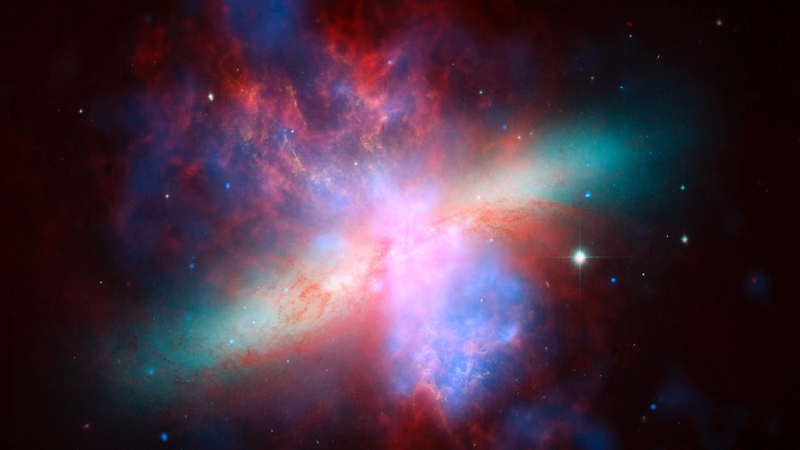Skygazers worldwide are preparing for a celestial treat tonight as the “Pink Moon” graces the night sky, just days after a remarkable total solar eclipse. Anticipation is high as this full moon, officially named the “Pink Moon” for April, is expected to captivate viewers across continents.
According to the latest announcement from the National Aeronautics and Space Administration (NASA), the full moon is scheduled to make its grand appearance on Tuesday evening, April 23, at 7:49 PM EDT. Astronomers predict that the moon will remain full from Monday morning until Thursday, offering ample time for enthusiasts to catch a glimpse.
For viewers in regions spanning from the United Kingdom, Ireland, and Portugal to the far reaches of Asia and Australia, the “Pink Moon” will be visible on Wednesday. Despite its name, this lunar spectacle won’t actually appear pink to the naked eye but will instead showcase its customary golden hue near the horizon, transitioning to a radiant white as it ascends overhead.
So, why is it dubbed the “Pink Moon”? The tradition of assigning unique names to full moons traces back centuries, with Native American culture playing a significant role. The Native American names for full moons were popularized in the 1930s by the Maine Farmers’ Almanac and continue to be widely recognized today.
In the case of April’s full moon, it derives its name from the herb moss pink, also known as creeping phlox, moss phlox, or mountain phlox. This wildflower, native to the eastern United States, blooms early in spring and often carpets sandy or rocky terrain, earning it the moniker “pink.” Additionally, this moon is alternately known as the sprouting grass moon, the egg moon, and the fish moon, reflecting various cultural and ecological associations.











Leave a Reply